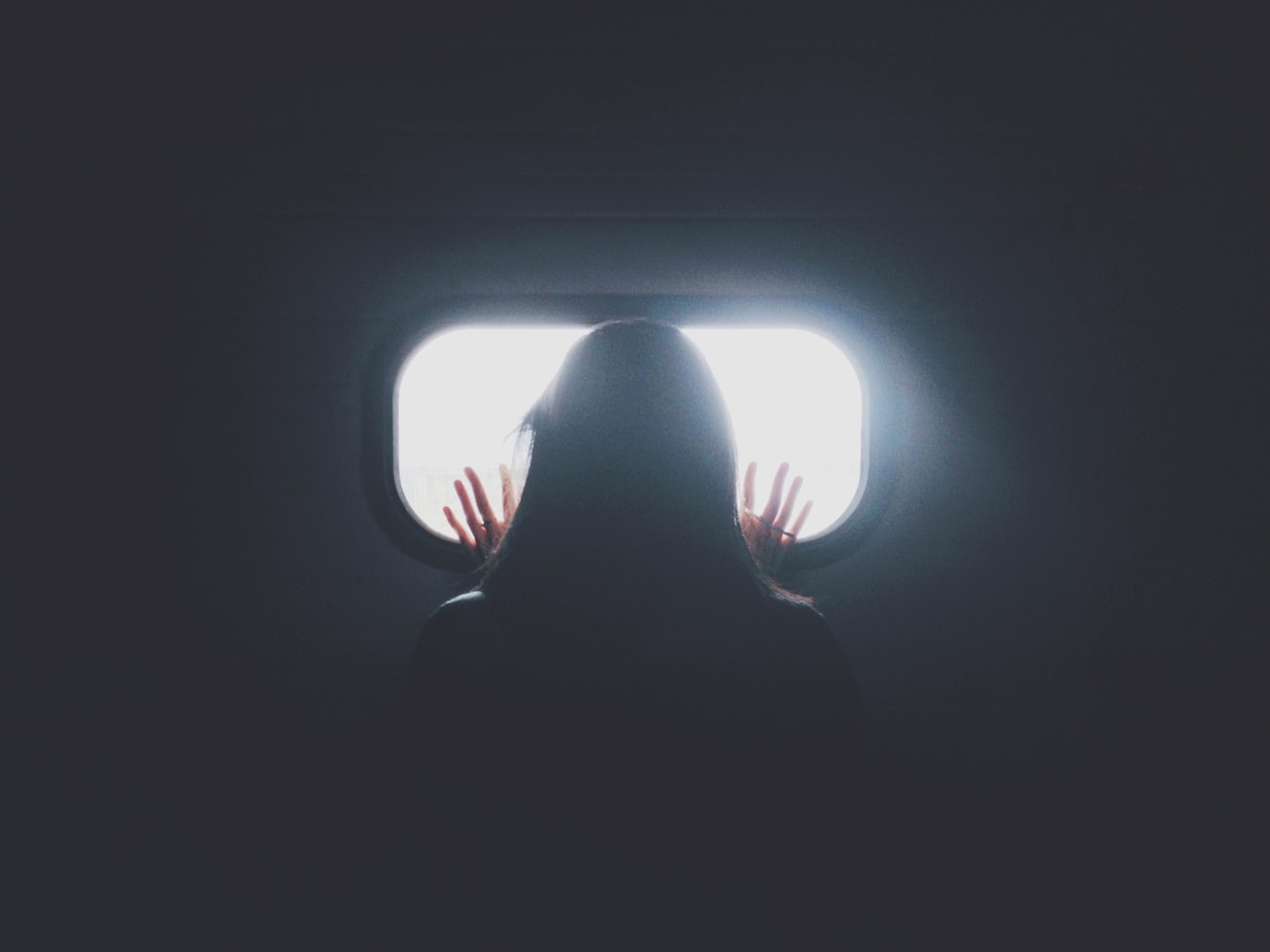What is it about?
The contemporary artist Thomas Ruff's JPEG series of photographs (2004-07) comprises large scale glossy prints of poor quality, magnified, and heavily pixelated images. They foreground the effects of digital compression rather than the content of the image. This paper analyses what these artworks tell us about digital photography, where the closer we look, the less we get to see.
Featured Image

Photo by Mario Azzi on Unsplash
Why is it important?
We are living in an age of accelerated photography. Every smartphone is a 'camera'. Everyone with a smartphone is now a 'photographer'. However, we tend to understand photography in its digital form according to theories established in relation to analogue photography. Thomas Ruff's work reveals the incompatibility of traditional theorisations of photography today, when the photographic image is constructed through hidden algorithmic processes.
Perspectives
I hope this article prompts people to think differently about digital photography. We don't tend to think of it as a 'medium' with specific 'aesthetic'. Rather we are encouraged to imagine it as a simple tool, which allows us to document the world. Thomas Ruff's work with digital photography forces us to rethink and reflect on this understanding. For Ruff, digital photography is a 'medium' with a specific 'aesthetic' that impacts on what and how we see. I chose the melodramatic title 'The Horror of Digital Photography' to emphasize the (perhaps sinister) power that digital photography has today.
Ian Rothwell
University of Edinburgh
Read the Original
This page is a summary of: Jpegs: Thomas Ruff and the horror of digital photography, Philosophy of Photography, October 2021, Intellect,
DOI: 10.1386/pop_00049_1.
You can read the full text:
Contributors
The following have contributed to this page







